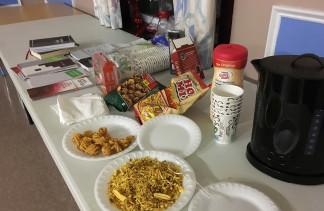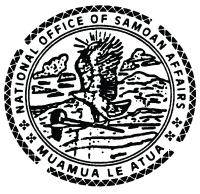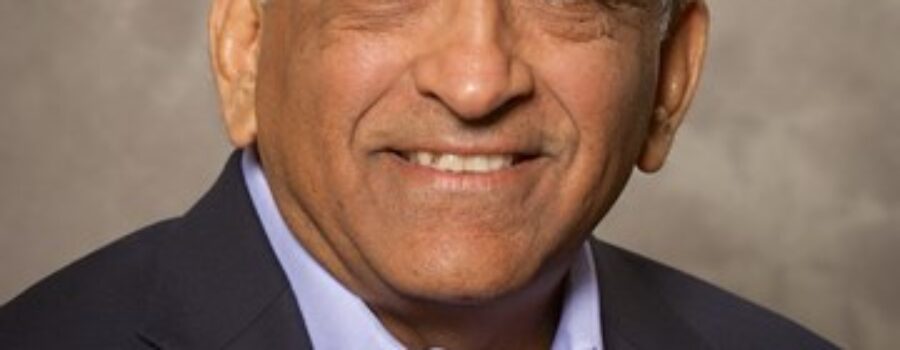Each Thursday, a group gathers around a candle at a church in Iselin, New Jersey, to talk about their struggles with alcoholism.
Like many other Alcoholics Anonymous (AA) groups, members share stories about their problems with alcohol and substance use disorders and their road to recovery and sobriety.
But instead of the cookies and coffee traditionally served at AA meetings, several attendees of the South Asian Alcoholics Anonymous program share their stories over cups of chai and Indian snacks.
“It’s symbolic that the meeting has now started and one person will take the initiative to get water and to heat the water to prepare tea — sometimes, usually always chai,” Vasudev Makhija, the group’s founder, said.
It’s growing. I still get so many calls that people want to come — how can we motivate them to come?
It’s growing. I still get so many calls that people want to come — how can we motivate them to come?
Since 2015, Makhija has run the program to help fill what he said is a need in the South Asian community to provide culturally competent care and help those with alcohol use disorder and substance use problems. The program offers anonymity and is mirrored off of some of the tenets of Alcoholics Anonymous, though it acts as an independent group, Makhija explained.
Alcohol use disorder tends to be less prevalent in Asian-American and Pacific Islander communities compared to the general U.S. population, according to government data.
The latest National Survey on Drug Use and Health, conducted by the Substance Abuse and Mental Health Service Administration (SAMHSA), found that 3.0 percent of Asian Americans surveyed in 2016 met criteria for alcohol use disorder, while 3.5 of percent of surveyed Pacific Islanders and Native Hawaiians did. Overall, 5.6 percent of all people surveyed met that criteria.

But Makhija, who works as a psychiatrist in New Jersey, believes alcohol and substance abuse is “grossly underreported” due to cultural stigma and language barriers. And — while alcohol use disorder is less-prevalent in AAPI communities — people still need help, he added.
SAMHSA found that 99.8 percent of Asian Americans with an alcohol use disorder did not receive any treatment in 2016, compared to 92.2 percent of the general population. Data was not available for Native Hawaiians and Pacific Islanders.
“While Asian Americans have the lowest prevalence of alcohol use disorders (3.0% compared to around 6.0% overall) they are the least likely to get help,” a spokesperson from the National Institute of Alcohol Abuse and Alcoholism said.

According to Dr. Timothy Fong, professor of psychiatry and co-director of the UCLA Gambling Studies Program, although rates of addiction across Asian-American populations are lower than the general population, it is still a significant problem.
“The rates and prevalence of addictive disorders among APIs is lower than non-Asian American populations whether it’s alcohol, cocaine [use], meth, cannabis, but it’s not zero — that’s the key,” Fong said.
A 2007 study, “Asian-Americans, addictions, and barriers to treatment,” co-authored by Fong found that AAPI communities may be less likely to ask for help, or that family members may be more likely to intervene and ask for help for their loved ones.
The South Asian Alcoholics Anonymous program provides resources for those who might not feel comfortable going to mainstream AA meetings due to language barriers or shame, Makhija added.
Going to a meeting which has people from the same communities, same ethnic background — South Asian background, it seems to be for them easier to connect with others who are South Asian.
Going to a meeting which has people from the same communities, same ethnic background — South Asian background, it seems to be for them easier to connect with others who are South Asian.
Before the meetings start, attendees mingle and often speak in their native languages. The setting helps make people feel comfortable discussing their drinking patterns and how their problems first started. AA literature is also available in different South Asian languages.
“When we referred patients to AA meetings to take advantage, the South Asian patients often would say they are not comfortable because they don’t fit in the mainstream AA meetings,” Makhija said.
Currently, the free meetings are hosted by South Asian recovering alcoholics, which Makhija said establishes trust and also provides reassurance and hope for those who are just getting acclimated to the group.
“There are a lot of myths and misunderstandings, and I felt something had to be done by developing the tools for South Asian AA meetings and also put a lot of effort to educate the community,” he added.
Makhija previously attended mainstream AA meetings as a “friend” and liaison to support the South Asian community and connect members with culturally competent care, such as South Asian mental health providers, he noted. Today, the meetings continue to be run by the South Asian community, through his ongoing support.
Makhija said many of the members look forward to attending the meetings because the program offers a chance to bond with people from the same culture while connecting through shared struggles and experiences.
“Going to a meeting which has people from the same communities, same ethnic background — South Asian background, it seems to be for them easier to connect with others who are South Asian,” he said.
During the meetings, some of the common themes discussed include how members were able to sneak alcohol into their lives during work or how it nearly destroyed their lives, but how recovery and getting help through meetings has immensely aided in the effort to sobriety.
There are also success stories that reaffirm Makhija’s commitment to helping individuals recover. He noted that one individual had been going through withdrawal symptoms, and how the group encouraged him to seek a treatment program before coming back to the meetings. Makhija said the member celebrated a year sober last month.
When we referred patients to AA meetings to take advantage, the South Asian patients often would say they are not comfortable because they don’t fit in the mainstream AA meetings.
When we referred patients to AA meetings to take advantage, the South Asian patients often would say they are not comfortable because they don’t fit in the mainstream AA meetings.
While publicizing the support group initially was difficult — with some weeks where Makhija would be sitting alone, waiting for members to show up — the program has grown and currently has about a dozen members committed to attending regularly.
“I think the biggest challenge I had was how to get the first member there, [the] first person to admit he’s an alcoholic and willing to come to the meeting,” said Makhija.
But Makhija says knowledge about the program has gradually spread through word of mouth and referrals from South Asian physicians and psychiatrists. Currently, there’s a consistent group of six to 10 members who attend the South Asian Alcoholics Anonymous meetings, according to Makhija.
There continues to be a growing need in the South Asian community for education about alcohol use disorder and treatment programs, Makhija noted. The group continues to see regulars attending the meeting and newcomers receiving the resources they need.
“It’s growing,” he said. “I still get so many calls that people want to come — how can we motivate them to come?”


